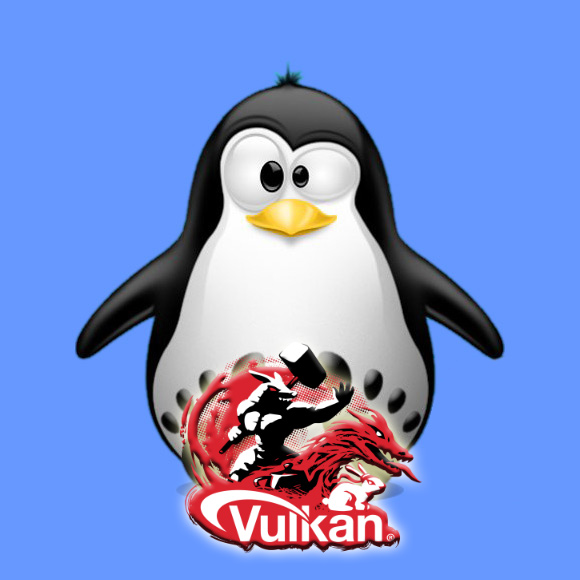How to Install Vulkan SDK on Gnu/Linux Distros
GNU/Linux Installing Vulkan SDK Guide
How to Install Vulkan SDK on GNU/Linux desktops – Step by step Tutorials.
And Vulkan for Linux is a Low-Overhead, Explicit, Cross-Platform Graphics API that provides Applications with direct Control over the GPU and so Maximizing Performance.
Vulkan is not a direct replacement for OpenGL, but rather an explicit API that allows for more explicit control of the GPU.
Moreover, it is a Low-level API that is designed to expose the GPU to application developers with a minimal level of abstraction provided by the device Driver.
The SDK typically includes:
- Vulkan API headers: These headers define the Vulkan API functions and data structures. Developers include these headers in their code to make Vulkan function calls.
- Vulkan loader: The loader is responsible for loading the Vulkan driver on the target system. It allows applications to dynamically load the Vulkan runtime libraries.
- Validation layers: These are optional runtime layers that help developers debug Vulkan applications by providing additional error checking and validation of API usage.
- Vulkan tools: The SDK may include various tools to assist with Vulkan development, such as code generators, performance analysis tools, and debuggers.
- Documentation and samples: The SDK typically includes documentation covering Vulkan API specifications, programming guides, and usage examples (samples) to help developers get started with Vulkan development.
Especially relevant: this enables Vulkan Apps to benefit from lower CPU overhead, lower Memory footprint, and a higher degree of Performance Stability.
